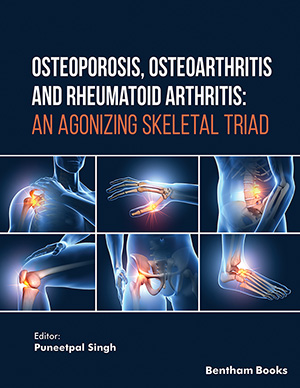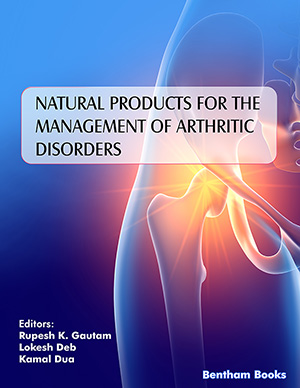Abstract
Objective: To determine the frequency and assess the risk of cardiovascular disease in patients suffering from gout.
Background: Gout is a sign of disturbed metabolism, which is associated with cardiovascular diseases (CVD). Soaring mortality is associated with a lot of risk factors and comorbid conditions, which have to be dealt with the help of scientists and practitioners.
Methods: The following retrospective study included 218 patients suffering from gout according to the criteria of S.L. Wallace. The risk of major coronary events was calculated via the SCORE scale.
Results: Arterial hypertension and BMI > 25 kg / m2 (90.8%) have prevailed among the respondents. Increased level of total cholesterol (TC) was detected in 63.8% cases, decreased level of highdensity lipoproteins - in 71.6%, and hypertriglyceridemia - in 60.5% relevantly. 175 patients (80.3%) had high cardiovascular risk (estimated more than 5%). 43 (19.7%) of them had a low and medium risk of developing fatal CVD (1-4%). The high share of patients suffering from gout was endangered with cardiovascular pathology.
Conclusion: The most frequently matched risk factors among patients suffering from gout are an increase in BMI> 25 kg/m2 (90.8%) and dyslipidemia.
Keywords: Gout risk factors, cardiovascular pathology, cardiovascular risk, rheumatology, hyperuricemia, cardiovascular diseases (CVD).
[http://dx.doi.org/10.1186/ar3199] [PMID: 21205285]
[http://dx.doi.org/10.1097/BOR.0000000000000141] [PMID: 25633242]
[http://dx.doi.org/10.7326/M16-0570] [PMID: 27802508]
[http://dx.doi.org/10.1016/j.semarthrit.2014.02.003] [PMID: 24650777]
[http://dx.doi.org/10.1136/annrheumdis-2013-204463] [PMID: 24431399]
[http://dx.doi.org/10.7861/clinmedicine.17-1-54] [PMID: 28148582]
[http://dx.doi.org/10.1007/s40256-020-00459-1] [PMID: 33369719]
[http://dx.doi.org/10.1136/annrheumdis-2016-209707] [PMID: 27457514]
[http://dx.doi.org/10.1080/15548627.2015.1100356]
[http://dx.doi.org/10.36740/WLek201907112] [PMID: 31398158]
[http://dx.doi.org/10.1097/BOR.0b013e3282f4b1ed] [PMID: 18349749]
[PMID: 15290738]
[http://dx.doi.org/10.3389/fphar.2020.582680] [PMID: 33304270]
[http://dx.doi.org/10.1136/bmjopen-2011-000282] [PMID: 22337813]
[http://dx.doi.org/10.1136/annrheumdis-2012-202421] [PMID: 23313809]











